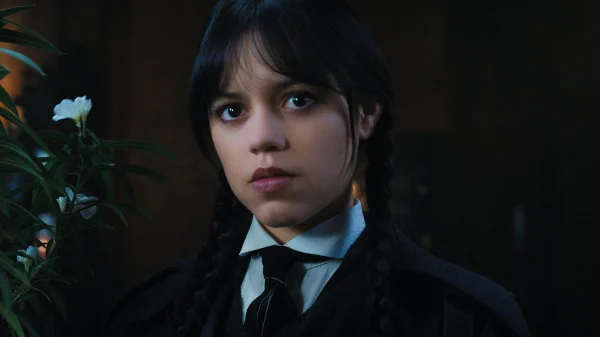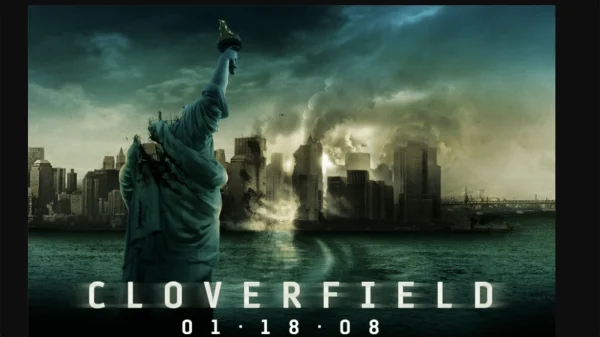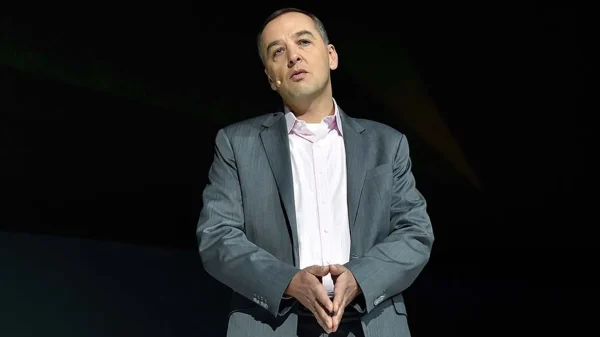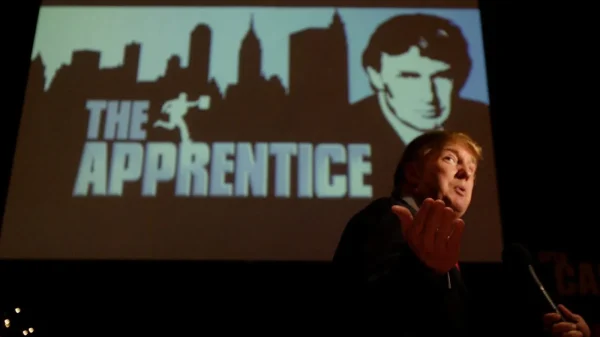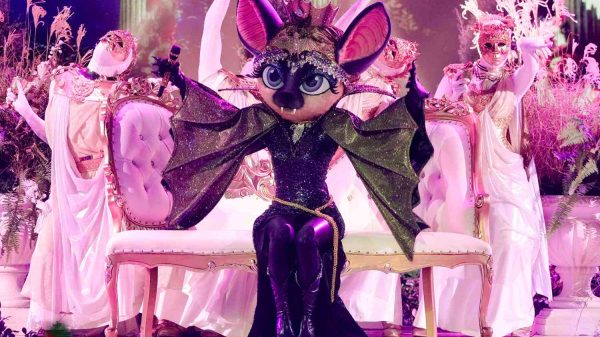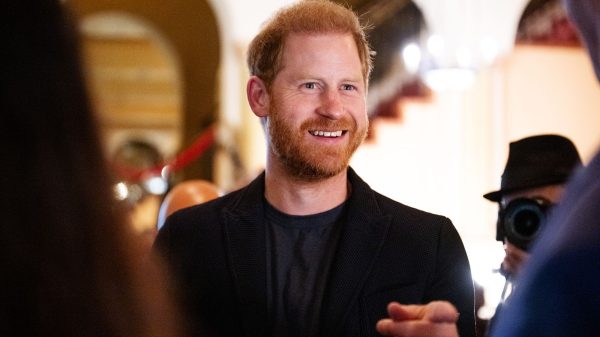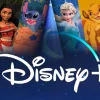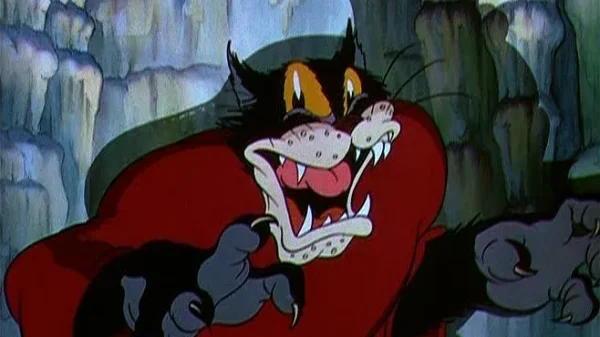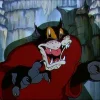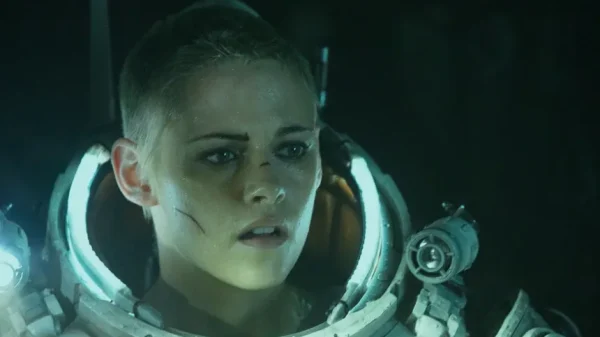As the basis of all communication and expression, language is a beautifully complex and long-studied tool. It is no surprise that language is the basis of most art forms, from literature to cinema and television. While the vast majority of stories are told in real languages, a few writers and linguists have created fictional languages from scratch for their stories, especially within the fantasy and sci-fi genres.
We highlight nine fascinating fictional languages, showcasing the creativity and ingenuity of their creators. From George Orwell’s Newspeak to J.R.R. Tolkien’s Elvish languages, these languages add layers of depth and realism to fictional worlds. Whether used to convey themes, tell stories, or create unique cultures, fictional languages have become an integral part of the storytelling process.
We begin with the Atlantean language from Disney’s “Atlantis: The Lost Empire,” created by linguist Marc Okrand. This language is an example of how fictional languages can add richness to a fictional world. The article also explores the Parseltongue language from the Harry Potter franchise, created by linguists Francis J. Nolan and Robert M. Murphy.

Star Trek franchise (Via IMDB)
We then go into the world of video games, highlighting the Simlish language from EA’s “The Sims” franchise and the Minionese language from the “Despicable Me” franchise. Both languages are examples of how fictional languages can be used to create unique cultures and tones in a story.
We also explores the world of science fiction, examining the Klingon language from the Star Trek franchise, created by linguist Marc Okrand. This language is an example of how fictional languages can be used to create complex cultures and societies in a fictional world.
We conclude with a focus on J.R.R. Tolkien’s Elvish languages, including Quenya and Sindarin, which have become an iconic part of the Middle-earth franchise. These languages are an example of how fictional languages can be used to create a rich and immersive world, drawing readers and viewers into the world of Middle-earth.

